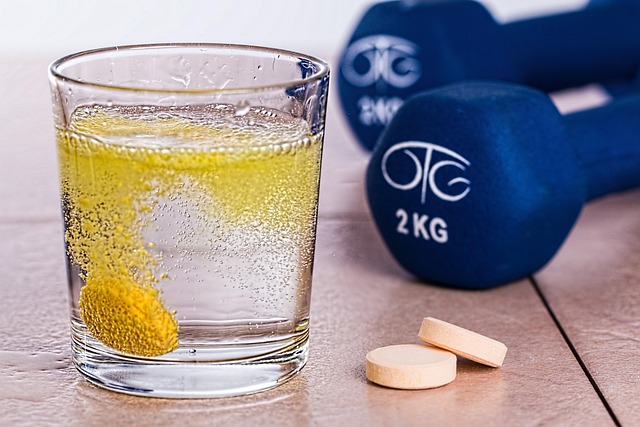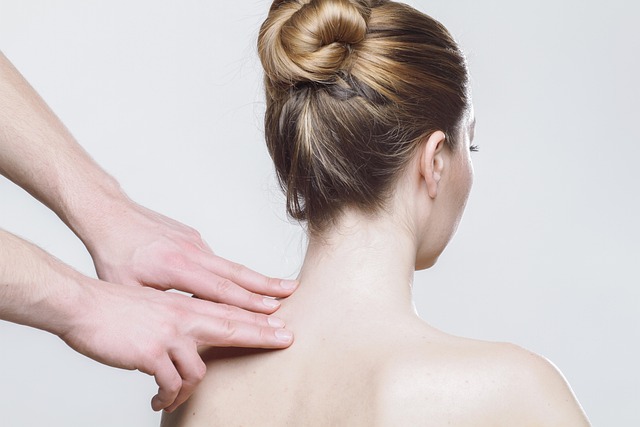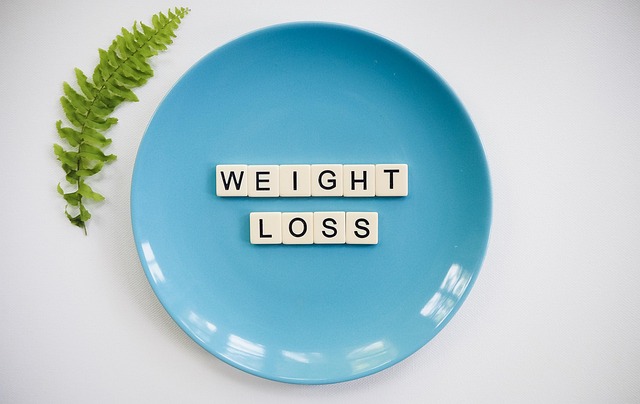Joint pain, stemming from injuries, inflammation, or conditions like arthritis, can significantly limit daily activities. Physical therapy offers a comprehensive solution by combining exercises, manual techniques, heat/cold therapy, and electrical stimulation to reduce inflammation, improve flexibility, strengthen muscles around joints, and enhance stability. This holistic approach, which includes lifestyle changes such as regular exercise, maintaining a healthy weight, balanced diet, and good posture, empowers patients to manage pain, prevent future discomfort, and improve overall quality of life.
Joint pain is a common issue affecting mobility and quality of life. Understanding its causes, from injury to arthritis, is crucial for effective prevention and management. Physical therapy plays a pivotal role in addressing joint pain by improving flexibility, strengthening muscles, and enhancing overall joint health. This article explores lifestyle adjustments, exercises, and routines tailored to alleviate joint discomfort, with a focus on the benefits of physical therapy as a key strategy. Learn how these practices can help you maintain joint health and prevent long-term pain.
- Understanding Joint Pain: Causes and Effects
- Role of Physical Therapy in Managing Joint Pain
- Lifestyle Modifications for Joint Health
- Exercises and Routines to Alleviate Joint Discomfort
Understanding Joint Pain: Causes and Effects

Joint pain is a common issue that can significantly impact daily life, affecting mobility and overall well-being. Understanding its causes and effects is essential in developing effective strategies for prevention and management. Joint pain arises from various factors, including injuries, inflammation, arthritis, or degenerative conditions. Overuse or repetitive motions can strain the joints, leading to discomfort and soreness.
Physical therapy plays a crucial role in addressing joint pain by providing tailored exercises to strengthen surrounding muscles, improve flexibility, and enhance joint stability. Therapists can also employ techniques like manual therapy, heat/cold therapy, and electrical stimulation to reduce inflammation, relieve pain, and restore function. By identifying the root cause of the problem, implementing these therapeutic interventions, and adopting a holistic approach that includes lifestyle modifications, individuals can effectively prevent and manage joint pain, thereby improving their overall quality of life.
Role of Physical Therapy in Managing Joint Pain

Physical therapy plays a pivotal role in managing and alleviating joint pain, offering a holistic approach to treatment that goes beyond medication or surgery. Trained therapists employ a multitude of techniques tailored to individual needs, focusing on strengthening muscles surrounding joints, improving flexibility, and enhancing overall mobility. This personalized approach not only reduces pain but also prevents its recurrence, empowering individuals with the knowledge and tools to maintain joint health over time.
Through specific exercises, manual therapy, and educational guidance, physical therapy for joint pain provides a sustainable solution. Patients learn proper movement patterns, gain insights into their condition, and develop strategies to manage daily activities without exacerbating discomfort. This not only improves quality of life but also fosters long-term adherence to healthy habits, ensuring joints remain strong and flexible as a result of consistent care.
Lifestyle Modifications for Joint Health

Lifestyle modifications play a pivotal role in preventing and reducing joint pain, offering an effective alternative or complement to physical therapy for joint pain. Simple adjustments can significantly impact overall joint health. Incorporating regular exercise tailored to strengthen surrounding muscles and improve flexibility is key. Activities like swimming, yoga, and low-impact aerobics are excellent choices as they reduce stress on joints while enhancing mobility.
Maintaining a healthy weight is another crucial aspect, as excess weight puts additional strain on joints, particularly in the knees and hips. A balanced diet rich in omega-3 fatty acids, vitamins C and D, and minerals like calcium and magnesium further supports joint health. These nutrients contribute to maintaining cartilage integrity and reducing inflammation. Additionally, adopting good posture during daily activities can prevent unnecessary stress on joints, promoting overall well-being and minimizing pain.
Exercises and Routines to Alleviate Joint Discomfort

Exercises and routines play a pivotal role in alleviating joint discomfort associated with conditions like arthritis or general wear and tear. Physical therapy for joint pain is highly effective, offering tailored exercises to improve mobility, strengthen muscles around joints, and enhance flexibility. Simple activities such as swimming, walking, or cycling can help maintain joint health by promoting low-impact movement without putting excessive strain on affected areas.
Incorporating specific stretches and strength training into your daily routine can significantly reduce joint pain over time. Physical therapists guide individuals through exercises designed to target specific joints, focusing on movements that lubricate the joints and build supporting muscle tissue. This proactive approach not only manages existing pain but also prevents further damage, ensuring a higher quality of life for those dealing with chronic or intermittent joint discomfort.
Joint pain is a common concern, but with the right lifestyle adjustments, it can be effectively managed and reduced. Combining physical therapy with targeted exercises offers a comprehensive approach to alleviating discomfort and enhancing joint health. By understanding the causes and effects of joint pain, individuals can make informed decisions to improve their overall well-being. Adopting these lifestyle modifications not only prevents further damage but also allows folks to regain mobility and maintain an active life. Remember, with dedication and professional guidance, managing joint pain is achievable, ensuring a better quality of life.
